Wildlife Photographer of the Year 2022: the winning pictures
More than 38,000 images were entered into the 58th wildlife contest but only two photographers could be crowned winners
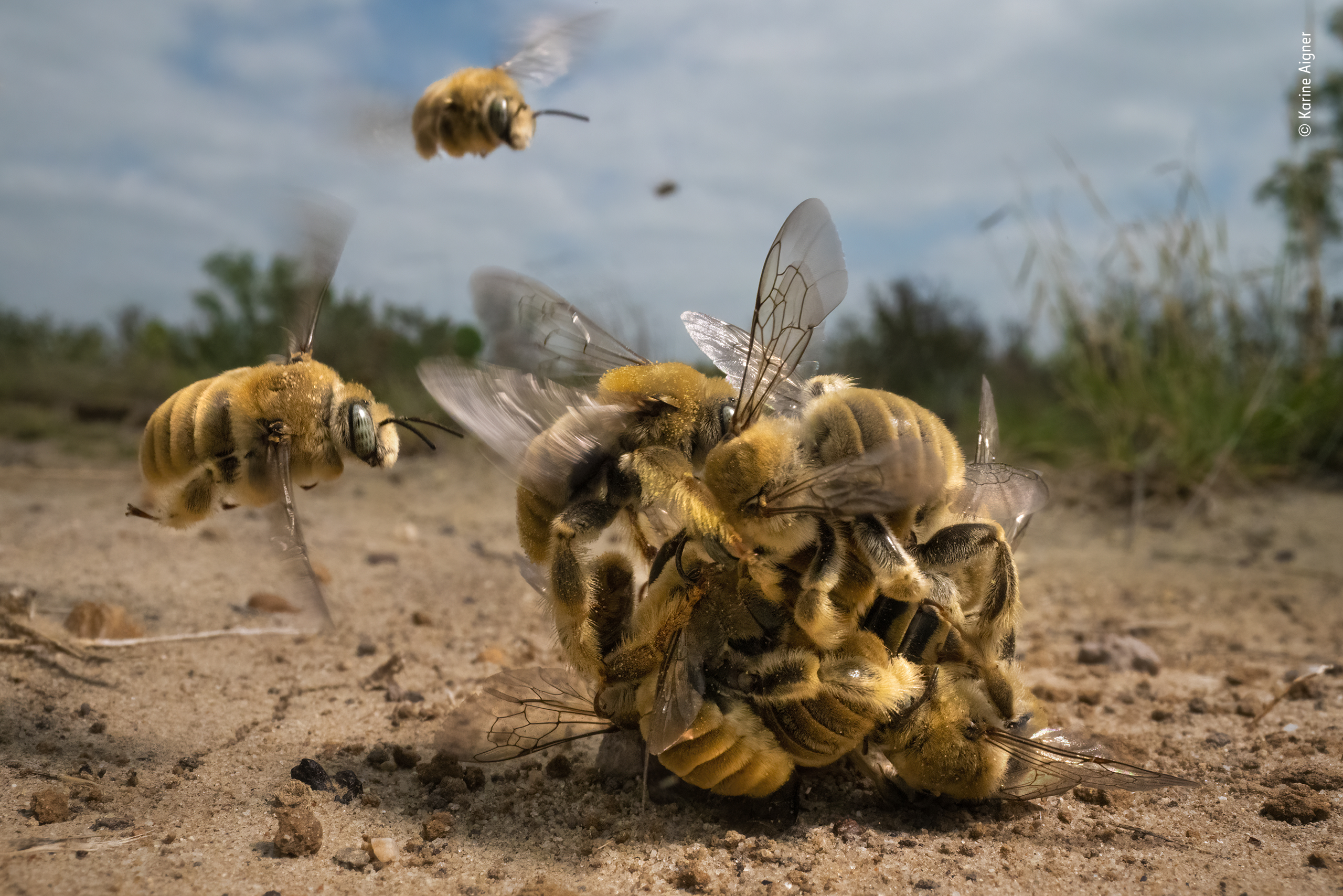
A buzzing ball of cactus bees and a photo of a baleen whale impressed judges at this year's Natural History Museum’s Wildlife Photographer of the Year awards. The two winners were selected from a staggering 38,575 entries submitted from 93 different countries based on the narrative, technical excellence, and composition of the image.
Earning the top spot in the adult competition is American photographer Karine Aigner for her photo (above) of a ball of cactus bees taken on a ranch in Texas, USA. The photo depicts a group of male bees who are all (except one) competing to mate with the female at the center of all the fuss. Like so many species of bees, cactus bees are at risk due to the constant threat of climate change, farming, and habitat loss that disrupt their nesting ground making it harder to reproduce.
Karine captured the activity with a Sony A7R III, and a Laowa 24mm f14 2x macro probe lens, as a buzzing ball of cactus bees spun over the hot sand. After a few minutes, the pair at its center – a male clinging to the only female in the scrum – flew away to mate.
Chair of the jury, writer, and editor, Rosamund ‘Roz’ Kidman Cox OBE says, “Wings-whirring, incoming males home in on the ball of buzzing bees that is rolling straight into the picture. The sense of movement and intensity is shown at bee-level magnification and transforms what are little cactus bees into big competitors for a single female.”
Despite the competition running for 58 years, Aigner is only the fifth woman to ever win the grand prize – a feat that hopefully will become more and more common for women in photography.

Young Wildlife Photographer of the Year 2022
The Young Wildlife Photographer of the Year was awarded to sixteen-year-old Katanyou Wuttichaitanakorn from Thailand for a photo of a bryde whale at the water's surface. Intrigued by the different colors and texture of the dark skin, pink gums, and brush-like baleens which they have instead of teeth, Wuttichaitanakorn captured the photo so close up it almost looks abstract – using a Canon EOS 90D and Sigma 150–600mm f5–6.3 lens.
The tour boat that the young photographer was journeying on turned had to turn off its engine as the whale appeared close by, and Katanyou had to hold his hands steady to capture his close-up as the boat rocked. He set a shutter speed of 1/6400sec to keep the image sharp.
Get the Digital Camera World Newsletter
The best camera deals, reviews, product advice, and unmissable photography news, direct to your inbox!
‘Out of the jaws of a Bryde’s whale comes this dazzling creation. The pin-sharp detail of the tiny anchovies is set against an abstraction of color with the weave of brown baleen hair rimmed by a cascade of water drops,’ says Rosamund Kidman Cox.
Wildlife Photographer of the Year category winners
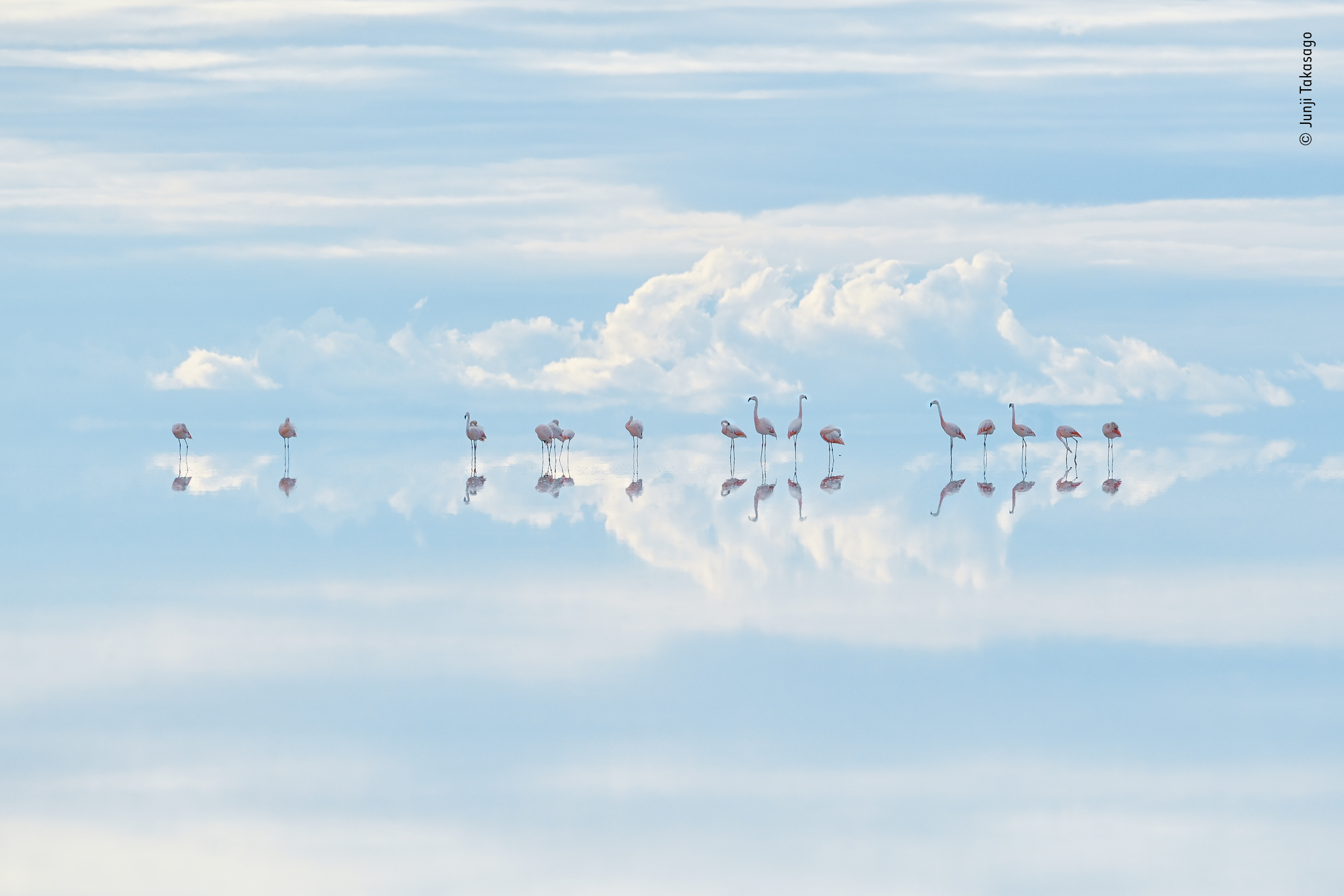
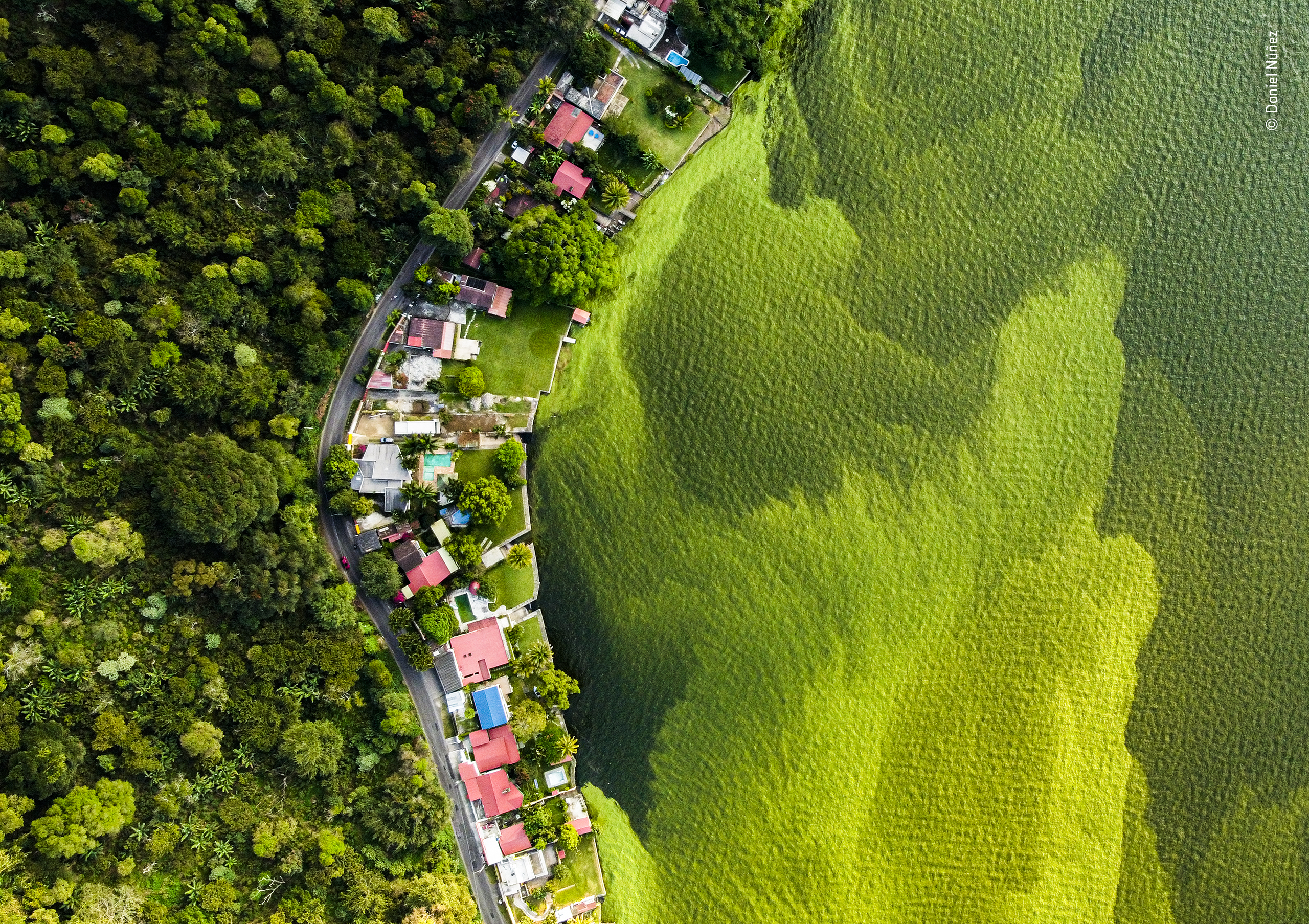
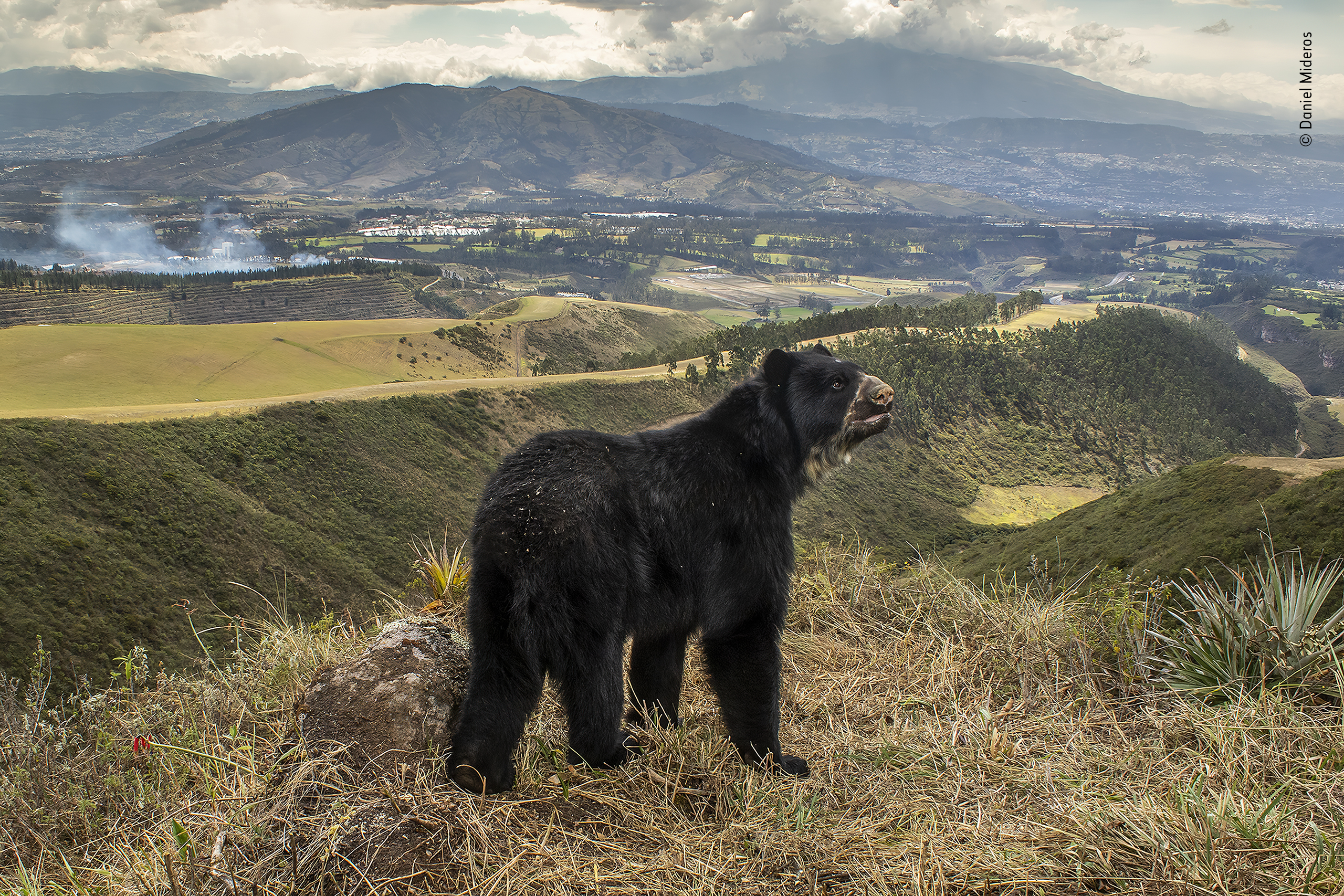
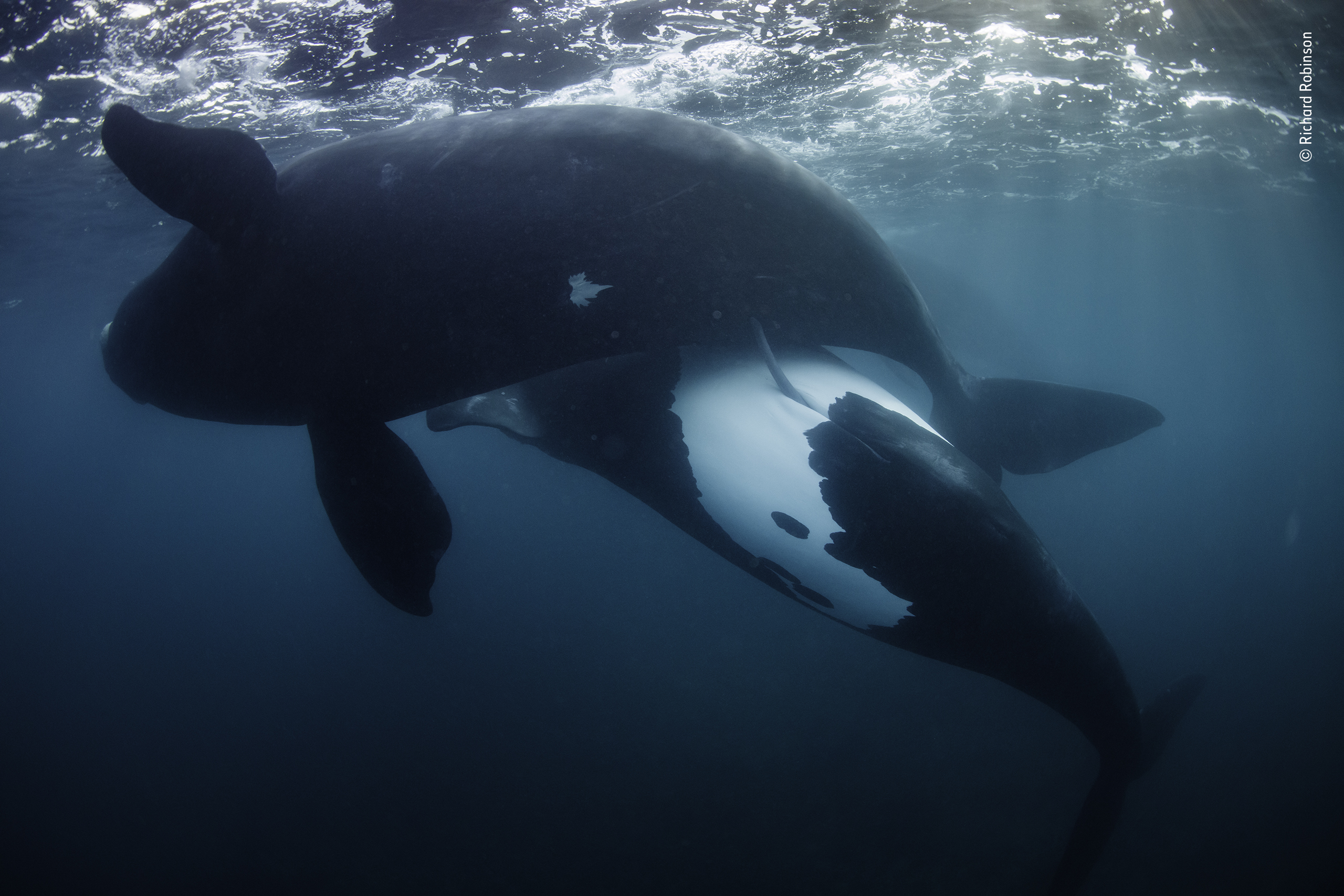
Where to see Wildlife Photographer of the Year
Winners of each of the 19 categories will appear in an exhibition taking place at The Natural History Museum in London from October 14, 2022 - 2 July 2, 2023. Tickets start at £10.25 for a child and can be booked on the Natural History Museum website.
The flagship exhibition has been redesigned to position the photographs among short videos, quotes from jury members and photographers, plus insights from Museum scientists to provide more context into how human actions are shaping the natural world. The exhibition will also tour across the UK and internationally to venues in Australia, Canada, Denmark, France, Germany, New Zealand, Switzerland, USA and more.
How to enter the 59th competition
For those who missed out on the chance to enter this year's competition, submissions for the 59th Wildlife Photographer of the Year award open on 17 October and close on 8 December 2022. Photographers entering into the adult category may enter up to 25 images for a single fee of £30 while young photographers may enter up to 10 images completely free.
The overall winner in the adult category will also receive a £10,000 cash reward while the youth category winner will win £1,000 plus a trophy. All winners including category winners are displayed in the exhibition and will receive extensive media coverage.
These are the best portable hides and camouflage gear for wildlife photography so you can get those perfect shots without being seen. To find elusive species, why not try a trail camera? These are the best cameras and lenses for bird and wildlife photography.
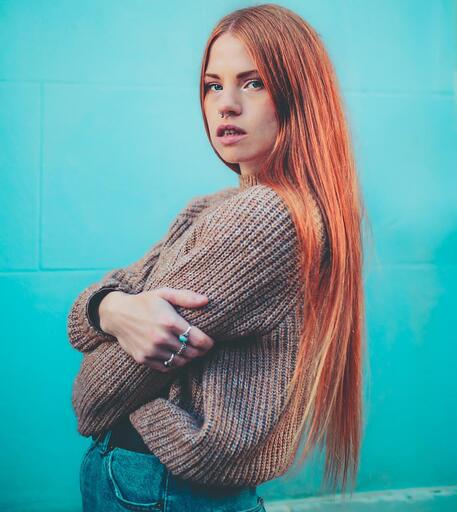
Having studied Journalism and Public Relations at the University of the West of England Hannah developed a love for photography through a module on photojournalism. She specializes in Portrait, Fashion and lifestyle photography but has more recently branched out in the world of stylized product photography. Hannah spent three years working at Wex Photo Video as a Senior Sales Assistant, using her experience and knowledge of cameras to help people buy the equipment that is right for them. With eight years experience working with studio lighting, Hannah has run many successful workshops teaching people how to use different lighting setups.
